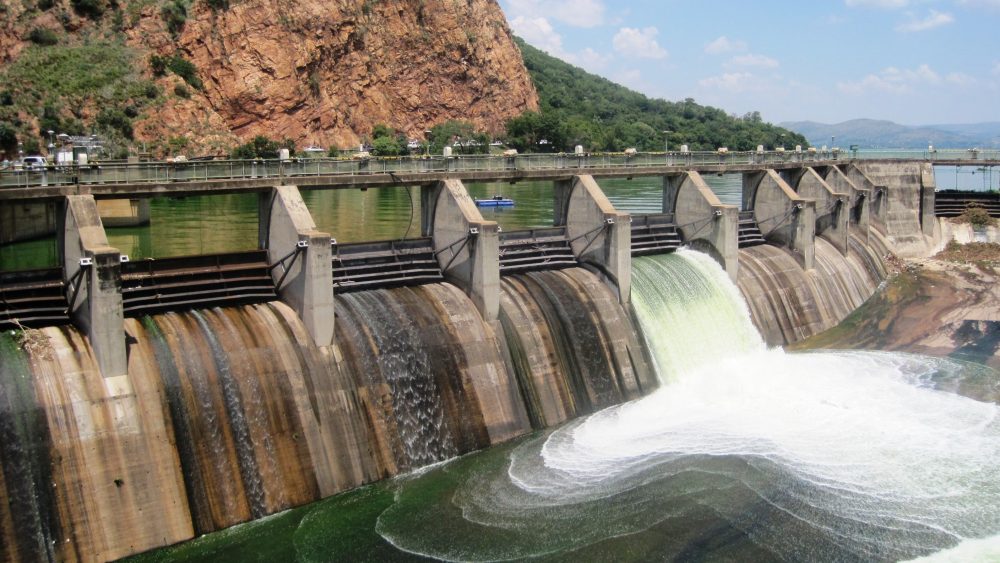“Working Near Water” may mean different things to different people, anything from in the general vicinity of water, above water, and even in water. Any sort of work near or in water carries it’s own set of hazards, risks, and safety procedures which should be followed to help reduce the chance of injury or death.
Risks & Hazards
- Slippery surfaces
- Falling
- Trips or slips
- Hypothermia
- Drowning
- Electrical Hazards
- Impact with submerged/floating objects
- Sunburn or heat stress
Safety & Prevention
- Personal Protective Equipment (PPE) should be worn as required for the job being performed. If working within ~1 meter of water deeper than 0.75 meters, workers should wear a certified floatation device.
- Make sure that communication devices are used, and that the devices are waterproof and suitable for the working conditions.
- Partner up, always stay in vision of at least one other worker.
- Objects such as guardrails to prevent falling into the water should be used anywhere where there is a risk present.
- Training and proper supervision play a large part in preventing incidents, employees should understand and follow any procedures put in place to help protect themselves and those around them.
The average work-related death in the construction industry is estimated to cost approximately $4 million (not to mention a life which is priceless), with non-fatal injuries requiring days away from work costing an estimated $42,000. As always, prevention is the best way to deal with job site hazards. Identifying and preventing a risk before it happens can help save your company money as well as preserve your employees’ health and wellbeing.
Always err on the side of caution, the construction industry is already one of the most dangerous industries to work in, adding more hazards in such as water only adds to that. Stay safe out there!


Comments are closed.